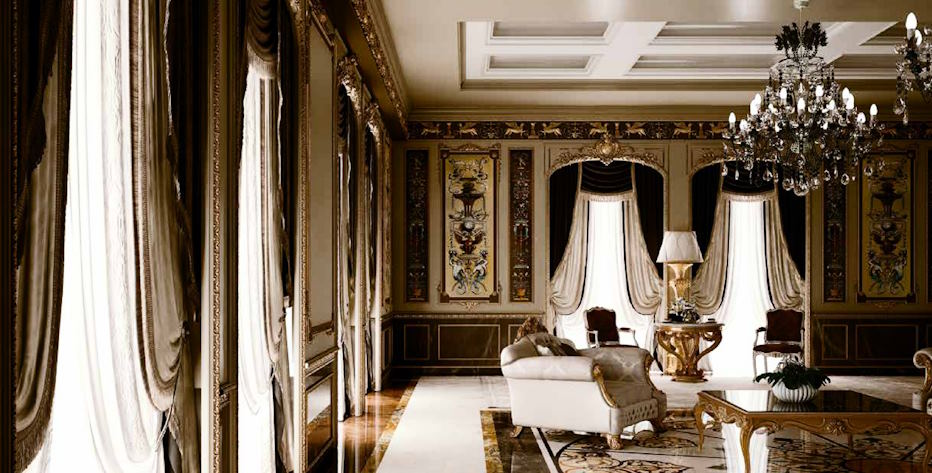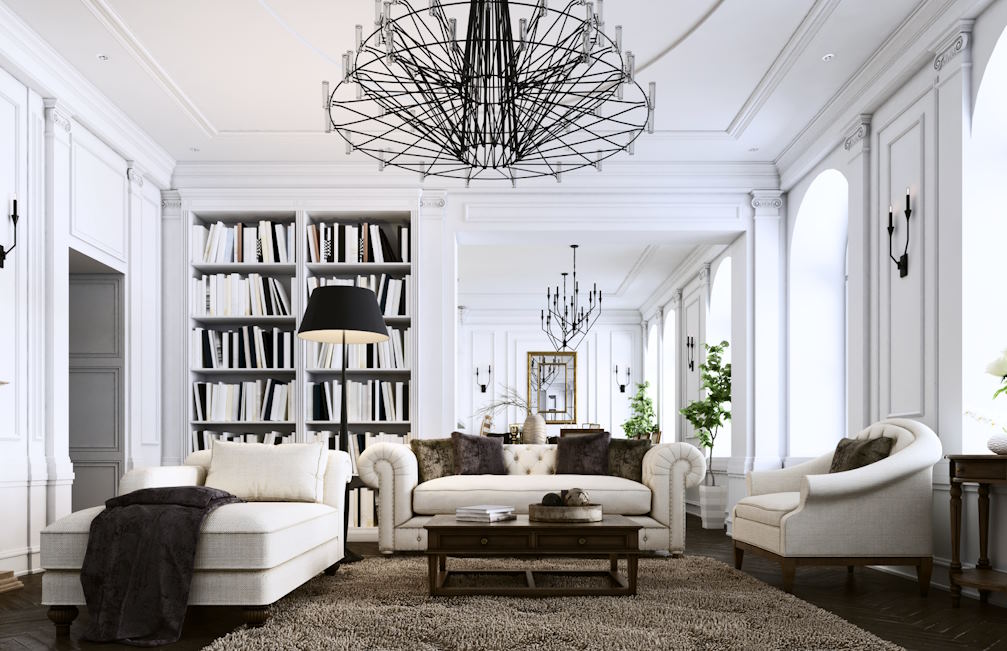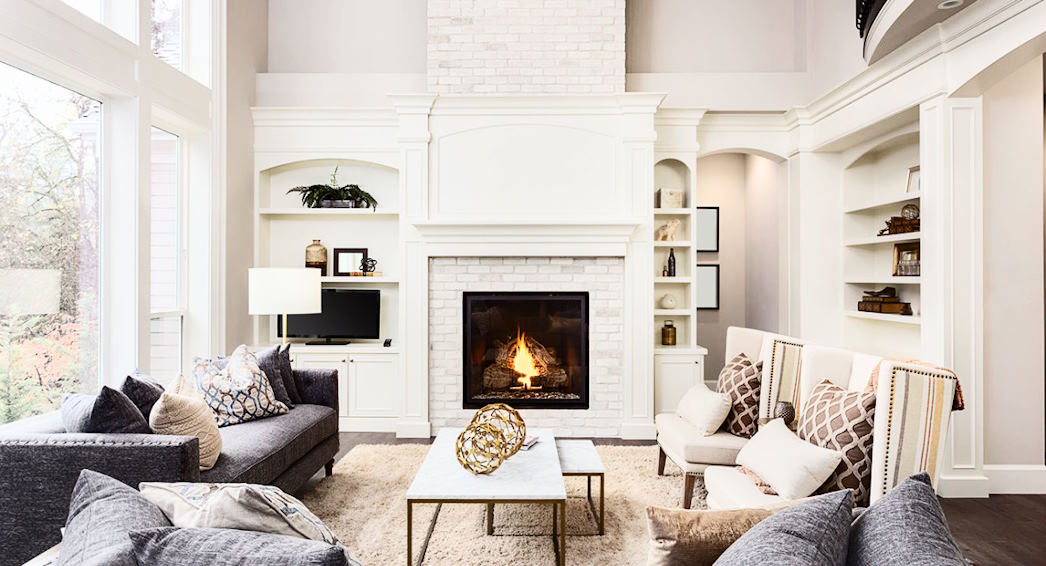As technology propels us into an era of rapid change, the allure of timeless design beckons us to pause, reflect, and create with a sense of permanence. Beyond mere aesthetics, timeless design embodies principles that resonate across cultures and epochs, fostering a connection between generations. From the majestic columns of ancient Greece to the avant-garde visions of the Bauhaus movement, we examine the evolution of design principles and their seamless integration into the contemporary landscape. As we unravel the secrets of timeless design, we illuminate the path for designers and enthusiasts alike to craft enduring works that stand as testaments to the enduring nature of human creativity.
The Foundations of Timeless Design
Understanding the principles of good design is the cornerstone of creating works that endure the passage of time. Balance and symmetry, proportion and scale, functionality, and usability are the bedrock upon which timeless design is built. These principles, although seemingly straightforward, are deeply ingrained in classic designs that have left an indelible mark on the world.
Consider the timeless architecture of ancient civilizations, where the Greeks and Romans masterfully employed balance and symmetry in structures like the Parthenon and the Colosseum. The proportions of these iconic buildings have served as a blueprint for architects throughout history. Moving to the Renaissance period, the works of polymaths like Leonardo da Vinci showcased an impeccable understanding of proportion and scale, evident in masterpieces such as the Vitruvian Man. Even in the modern era, the Bauhaus movement embraced functionality and usability, creating a design philosophy that reverberates through contemporary architecture and product design.
Lessons from Historical Icons
To truly appreciate the foundations of timeless design, we must analyze and draw inspiration from the classics of different eras. The grandiosity of ancient civilizations, the rebirth of creativity during the Renaissance, and the modern classics of the 20th century all contribute to the rich tapestry of design principles that stand the test of time.
Ancient civilizations, with their awe-inspiring architecture and engineering feats, provide lessons in enduring design. The Greeks, for instance, revered the Golden Ratio, a mathematical concept that contributed to the balance and proportion seen in their architectural marvels. The Romans, on the other hand, showcased the power of arches and domes, principles still prevalent in architectural design today.
The Renaissance, known as a period of rebirth, brought forth a profound appreciation for aesthetics and proportion. Leonardo da Vinci’s Vitruvian Man exemplifies the meticulous study of human proportions, demonstrating the harmonious relationship between the human body and design. The Renaissance laid the groundwork for a renewed focus on classical principles that continues to influence art and design.
Fast forward to the 20th century, where the Bauhaus movement revolutionized design by emphasizing simplicity, functionality, and the marriage of art and technology. The works of Bauhaus masters like Walter Gropius and Mies van der Rohe set the stage for modern design principles that prioritize clean lines, minimalism, and a harmonious blend of form and function.

Evolution of Timeless Design in the Contemporary World
The application of classic design principles in modern contexts showcases the adaptability and relevance of timeless design. Contemporary architecture, technology, and fashion all bear the fingerprints of historical icons, illustrating a seamless integration of tradition and innovation.
In architecture, we witness the continuation of classical principles in the design of structures that withstand the passage of time. From the echoing grandeur of neoclassical buildings to the sleek lines of contemporary skyscrapers, the influence of historical design is omnipresent. Modern architects draw inspiration from classic elements, incorporating them into innovative designs that cater to the needs of today.
Technology, with its ever-evolving nature, has not escaped the influence of timeless design. The simplicity and user-centric focus championed by the classics find resonance in the sleek interfaces of today’s digital products. From smartphones to websites, designers consciously or subconsciously integrate principles derived from historical icons into their creations, ensuring a harmonious user experience.

Fashion and lifestyle, too, reflect the timelessness of design principles. Classic clothing styles, influenced by historical eras, persist through changing fashion trends. The enduring appeal of a well-tailored suit or a little black dress attests to the timeless elegance derived from the classics. Even in the realm of interior design and home decor, the fusion of classic elements with contemporary aesthetics creates spaces that withstand the transient nature of trends.
The Role of Sustainability in Timeless Design
As the world grapples with environmental challenges, the marriage of timeless design and sustainability becomes increasingly important. Timeless design inherently aligns with sustainable practices, emphasizing longevity and enduring value over disposable trends.
Sustainable design involves choosing materials and practices that minimize environmental impact. The classics provide a blueprint for this ethos, as many historical designs have endured not only due to their aesthetic appeal but also because of the durability of the materials used. The longevity of ancient stone structures, the enduring quality of well-crafted wooden furniture, and the timeless allure of precious metals all speak to a sustainability inherent in design choices made centuries ago.
